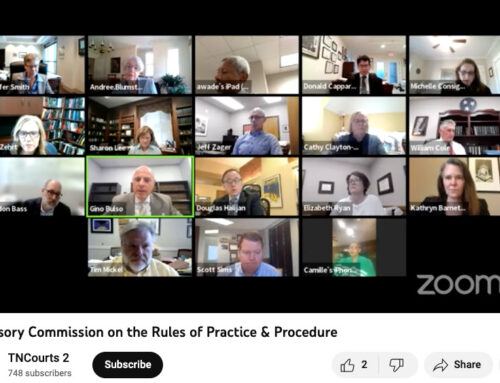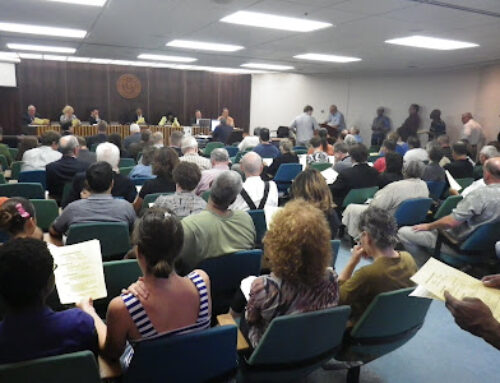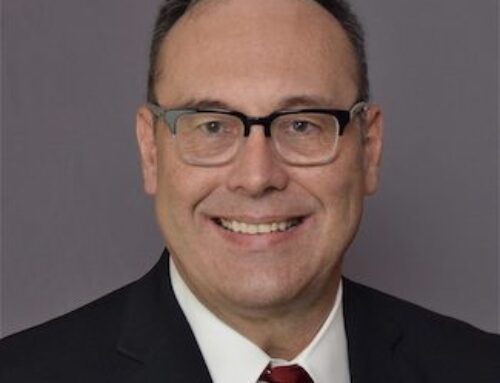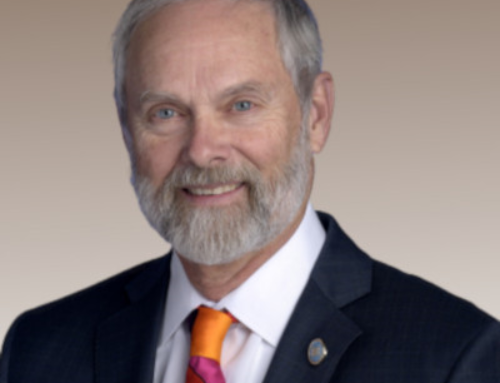I was recently on a panel that discussed where free speech ends and dangerous speech begins.
The topic is a recurring one in U.S. history and plays out in debates about hate speech, about burning crosses in people’s yards, about burning American flags, and about what is uttered by teachers in public schools.
Most Americans know that the First Amendment protects the right of speech in the United States — that the government can’t make laws controlling what you say or punishing you for your speech.
Of course, there are limits to this liberty.
If you publish something untrue that damages a person’s reputation, you could be sued for libel.
We also have laws that punish threats, harassment, fraud, conspiracy to commit crimes and incitement of lawless action.
In all of these laws, the right of free speech and free expression is balanced against the need for public health and safety and other state interests, such as national security and respect for fundamental rights.
Public meetings may have rules on public comments
One place this has played out is in public meetings where the governing body is permitted to make rules to maintain the safety and orderly proceeding of the meeting.
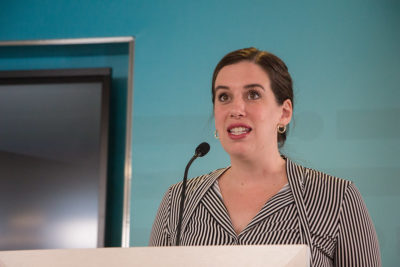
Photo by Sarah Morris, Director of Open Internet Policy, Open Technology Institute, New America (CC by 2.0)
A school board in Ohio wanted to better control its meetings so it adopted a policy limiting what citizens could say during the public comment period.
The policy allowed the school board presiding officer to terminate a person’s right to participate in public comments if the person’s comments were “too lengthy, personally directed, abusive, off-topic, antagonistic, obscene, or irrelevant.”
The school board’s president used the policy to remove a resident who he said “was being basically unruly, not following the rules, being hostile in his demeanor.”
Billy Ison, whose children and grandchildren had graduated from local schools, had been upset about the school board’s actions after a school shooting that injured four students. During the public comment period, he criticized the school board for suppressing opposition to pro-gun views.
After Ison was kicked out for his comments, he sued the school board, saying his removal violated his constitutional First Amendment rights to free speech.
6th Circuit: Some rules on public comments violate First Amendment
The 6th U.S. Circuit Court of Appeals agreed with Ison. The court ruled that a citizen cannot be thrown out of a public meeting simply because he or she offends, antagonizes or harshly criticizes a governing body or members of a governing body during a public comment period.
The court, whose jurisdiction includes Tennessee, said that the school board’s policy prohibiting “personally directed,” “abusive” and “antagonistic” comments violated free speech rights. The government cannot prohibit speech purely because it disparages or offends, the court said. Doing so would be discriminating based upon a particular person’s viewpoint.
The ruling was a victory for citizens who have felt muzzled by government for speaking out at public meetings. The court noted that Ison “spoke calmly, used measured tones, and refrained from personal attacks or vitriol, focusing instead on his stringent opposition to the Board’s policy and his belief the Board was not being honest about its motives.”
Is it any surprise that our most contentious public debates somehow end up at school board meetings?
Here in Tennessee, we’ve recently seen impassioned and fiery comments in school board meetings over COVID-19 masks and about how to teach children about American history, particularly history involving racism and slavery. Sometimes parents show up in large groups and carry signs.
As these debates continue, parents would do well to balance their passionate advocacy with listening. And school boards would do well to distinguish the disagreeable comments and criticism from the behavior that truly threatens others or disrupts a meeting.
Consider the words of Supreme Court Justice Louis D. Brandeis who considered First Amendment free speech rights as a safety valve to help avoid more violent means of drawing attention to a cause. He wrote in 1927 that “fear breeds repression; . . . repression breeds hate; . . . hate menaces stable government; . . . the path of safety lies in the opportunity to discuss freely supposed grievances and proposed remedies; and the fitting remedy for evil counsels is good ones.”

